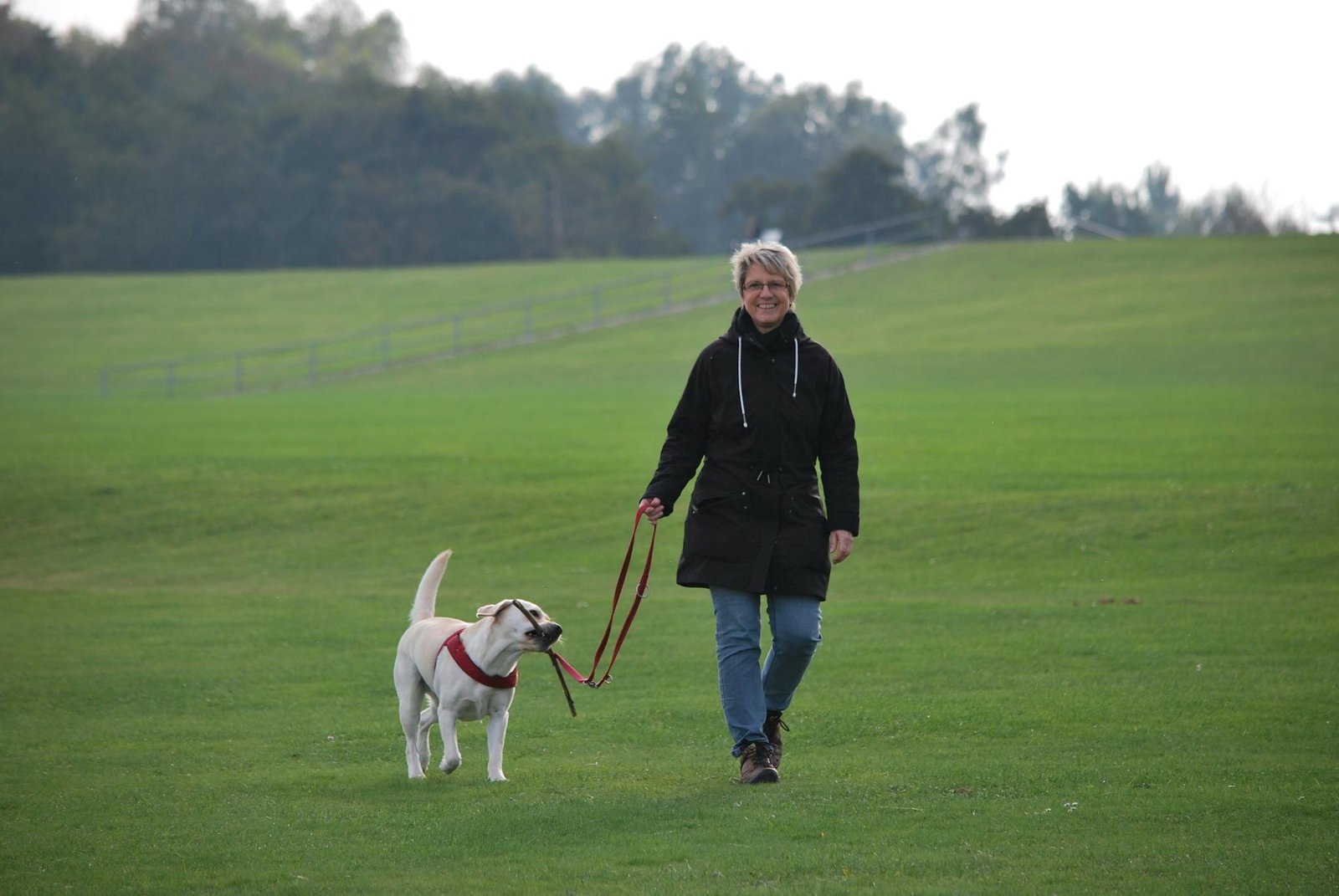13 Ways to Avoid Loneliness in Old Age
Loneliness is a craving for social intimacy expressed in sadness. It can be caused by social isolation, emotional isolation, mental issues, and life transitions. Additionally, chronic illnesses can cause constant feelings of isolation. According to studies, 70% of seniors suffer from some level of loneliness. Therefore, psychologists have come up with ways to avoid loneliness in old age. In this post, we’ll consider 13 of them.
1. Adopt a Pet

Adopting a pet is one way to avoid loneliness in old age. Pets are great emotional support creatures. If you’re a dog or cat lover, adopt one. You don’t have to buy pets; you can borrow your neighbor’s for a walk or rent one for the week. This way, you’ll conquer feelings of emotional isolation.
2. Rediscover a Hobby
Everyone has something they love doing. When did you last do something so exciting that you forgot the time? That activity is your hobby. If you never had one, get a new hobby. It doesn’t matter if you do it alone; what matters is that it brings you joy.
3. Reconnect with Old Friends

Reconnecting with old friends can help seniors battle loneliness. A get-together is a moment of happy pleasantries that recalls happy moments. A coffee shop is an ideal spot to begin with. Another way is to gather indoors at a friend’s or yours. Virtual technology like Skype, Zoom, or even WhatsApp video calls are advised for security purposes.
4. Go for a Walk

Going for a walk is therapeutic. According to research, it rejuvenates the mind, and the body follows suit. Walking is the simplest form of exercise and is safe for all age groups. Places to walk with scenic views include trails, beaches, and parks. You can go for a walk alone or with a companion for safety. If walking is challenging, you can take a drive and enjoy the view.
5. Tone and Rhythm
Music vents emotions and memories. It provides a sense of companionship and emotional support. Studies show that engaging in musical activities reduces feelings of isolation. Therapists use music to improve mental health by reducing symptoms of depression and anxiety, which are often linked to loneliness. Most elderly people admit that listening to their favorite songs makes them happy, so you should try it.
6. Talk to Someone

Talking to someone who truly and patiently listens reduces stress and can lower blood pressure. It improves heart health and strengthens the immune system. According to studies, loneliness is often traced to the inability to express worries and thoughts. You can find a listening partner in a friend or close relative. If they’re distant, make friends with a neighbor next door; maybe they want to connect too. Alternatively, join seniors’ groups like the American Association of Retired Persons (AARP).
7. Go to the Cinema
Seeing a movie is a fun way to avoid loneliness in old age. At the cinema, you can connect with fellow seniors wanting to socialize. Watching a movie with others creates a shared experience that can lead to discussions. Some cinemas in the US even allow interactions between seniors during a session. You can stay indoors if you don’t feel safe in a crowd. Watching movies alone offers escapism and entertainment, distracting from negative feelings and providing enjoyment that can improve your mood.
8. Belong to a Religious or Spiritual Community
Another way to avoid loneliness in old age is by belonging to a community. It brings a sense of importance and purpose. Religious groups are known for offering uplifting words and engaging in spiritual exercises that unburden the mind. Christianity believes “in the presence of the Lord there’s fullness of joy and liberty.” Religious organizations give a sense of shared identity and can help individuals feel understood and supported.
9. See a Therapist

Some loneliness is traced to deep-rooted traumatic experiences from the past. Loneliness can be traumatic when it occurs more than twice a week. Engaging in various fun activities with no improvement may be a sign of trauma. Another symptom of traumatic loneliness is feeling alone with friends. At this stage, seeing a therapist is advised. Therapy helps reduce the stigma associated with loneliness and mental health issues. Therapists help you connect with others without shame. You might be amazed at how fast you’d recover by seeing a therapist.
10. Enjoy Your Alone Time
Enjoy being alone. It’s not lonely if you are alone to read, reflect, or engage in hobbies. Loneliness is a subjective feeling that causes sadness and depression. However, staying alone and idle for long may lead to loneliness. To get past that, practice being present in activities like reflecting, meditating, and reading. You can use your alone time to get back into hobbies like playing the piano, cooking, journaling, etc.
11. Read Books

“There is no friend as loyal as a book.” — Ernest Hemingway. Reading can be therapeutic for some and an adventure for others. Reading good books is one way to forget time and sadness. Get a volume of portable magic and discover interesting facts about people, things, and places. “Reading is a discount ticket to everywhere.” — Mary Schmich.
12. Tell Kids Stories

Children often express joy and appreciation for stories. The feedback serves as reinforcement, giving the storyteller a sense of accomplishment, which boosts morale and reduces feelings of loneliness. Get started by making friends with kids in your neighborhood. Invite them over for cookies (with the consent of their guardians) and tell them super exciting stories. Children love a storyteller and will always check on you for the next episode.
13. Renew Your Mind

Your well-being is 80% influenced by the state of your active mindset. Older people are often conscious of their limited time on earth, which often results in sadness and depression. Instead of hurting your health by dwelling on such thoughts, practice gratitude. List your past accomplishments, reflect on your good deeds, and be grateful for them. Learning to embrace your transition into an older person is essential. No matter what you do, avoid loneliness in old age.
Also See: 15 Ways to Transfer and Maintain Generational Wealth







